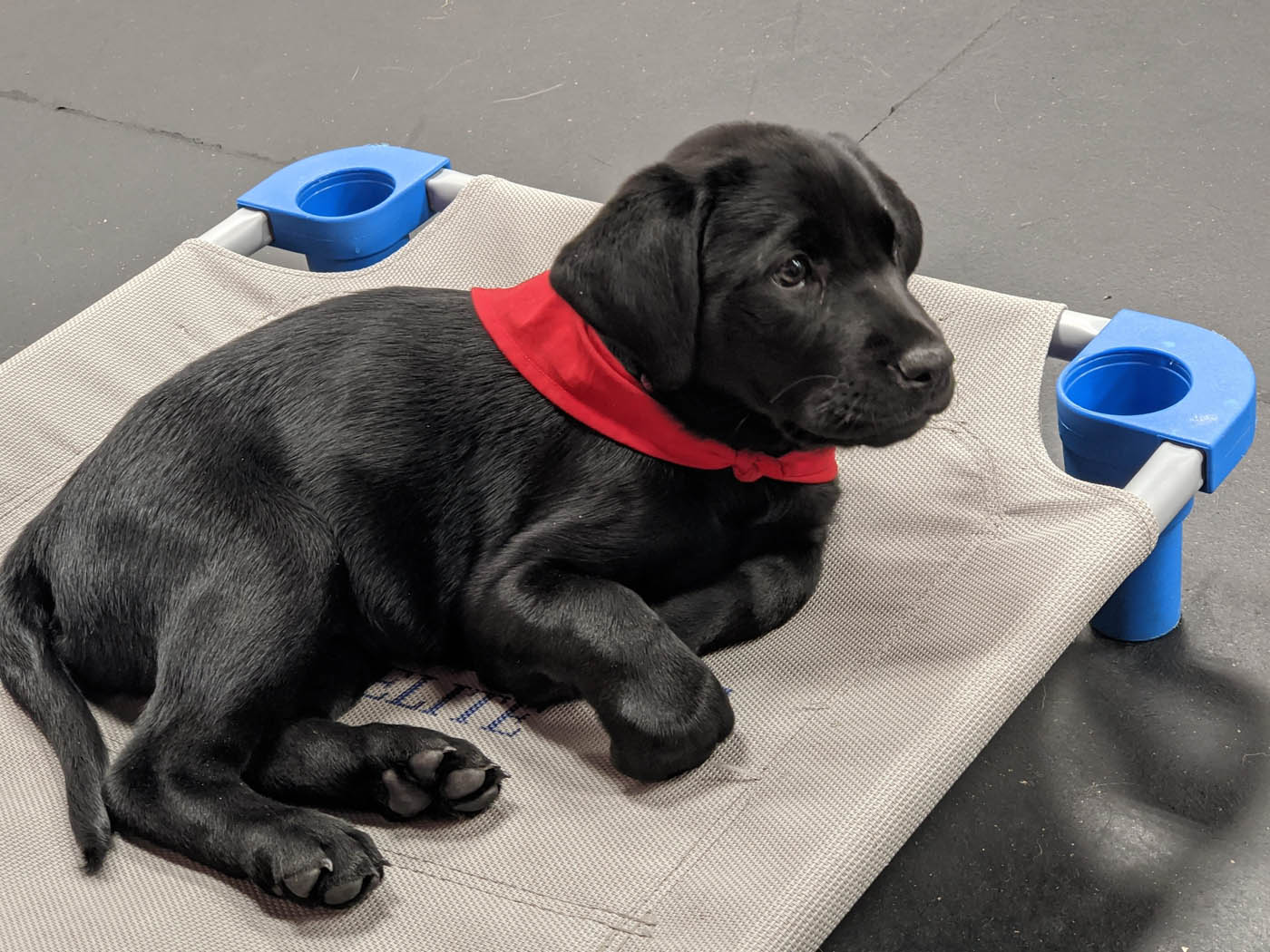The Ultimate Overview to Dog Training Charlotte: Methods for Success
The Ultimate Overview to Dog Training Charlotte: Methods for Success
Blog Article
The Ultimate Guide to Canine Training: Structure a Happy, Obedient Family Pet
Reliable pet dog training is a diverse process that hinges on a deep understanding of canine actions and the application of tried and tested techniques. By embracing favorable reinforcement and constant command usage, animal proprietors can cultivate not only obedience yet likewise a solid, relying on connection with their dogs.

Recognizing Dog Habits
How does a pet dog's behavior reflect its emotional and mental state? A dog's actions can serve as a window right into its feelings, needs, and general psychological wellness. A wagging tail commonly indicates joy and enjoyment, while a reduced tail may suggest worry or submission. Articulations such as barking or whimpering can interact a selection of emotions, from pleasure to distress.
Body language also plays a crucial role in understanding canine actions. An unwinded pose and open mouth signal comfort, whereas tense muscles and pinned ears might recommend anxiety or hostility. Observing these signals is crucial for determining the source of a pet dog's habits, whether it originates from fear, frustration, or enjoyment.
Furthermore, a pet's interaction with its environment and various other pets can provide understanding into its emotion. A canine that involves playfully with other canines is likely feeling social and safe, while one that shows evasion or hostility might be experiencing stress or instability. Comprehending these behavior cues is essential for cultivating a strong connection in between the animal and the owner, inevitably contributing to the canine's emotional wellness and health.
Important Educating Techniques
Efficient pet dog training techniques are important for fostering desirable habits and strengthening the bond between a canine and its proprietor. Utilizing positive support is just one of one of the most effective techniques, where benefits such as treats, appreciation, or play are provided to enhance desired behaviors (Dog training). This urges the pet to repeat those actions, developing a favorable understanding atmosphere
Consistency is one more crucial aspect in canine training. Commands should be consistent and clear, and all member of the family should use the very same rules to avoid perplexing the pet dog. Timing is just as essential; rewards should be offered immediately after the wanted behavior to establish a clear connection between the action and the incentive.
In addition, brief and engaging training sessions work, as canines have varying interest spans. Purpose for sessions of 5 to 15 mins, depending upon the pet's age and energy degree. Integrating play right into training can also improve motivation and enjoyment for both the proprietor and the dog.
Finally, perseverance is essential. Canines find out at their own speed, and preserving a calm demeanor will help ease frustration, making sure a favorable training experience. These important methods prepared for successful pet training and a harmonious relationship.
Standard Commands to Instruct

Consistency and favorable support are key when showing these commands. dog training charlotte nc. Use deals with, appreciation, and playtime to award your pet's successes. Short, frequent training sessions are extra effective than long, seldom ones. By instilling these basic commands, owners outfit their pets with the skills needed for a mannerly and unified connection.
Dealing With Common Behavioral Issues
Recognizing and resolving usual behavior issues in dogs is important for fostering an unified partnership between animals and their owners. Many pets display habits such as excessive barking, eating, or aggressiveness, which can come from stress and anxiety, boredom, or lack of correct training. Recognizing the origin cause of these habits is the primary step towards reliable treatment.
As an example, extreme barking may suggest a demand for interest or a response to ecological stimuli. In such instances, owners should examine the canine's setting and supply adequate psychological stimulation, such as interactive playthings or regular workout. Chewing can commonly be managed by rerouting the behavior to ideal chew things and making certain that the canine has enough physical task to reduce monotony.
Aggressive habits calls for careful handling and might necessitate specialist training support. It's critical to comprehend that penalty can worsen stress and anxiety and aggressiveness, causing a cycle of behavior issues. Rather, concentrate on favorable support strategies to compensate desirable habits and enhance a complacency.
Structure a Positive Training Environment
Producing a favorable training setting is fundamental for strengthening preferable actions in dogs and reducing behavioral problems. This setting needs to be characterized by consistency, motivation, and a clear understanding of the training goals. By developing a regular, pets discover what is anticipated of them, which helps decrease stress and anxiety and complication.
Using favorable support strategies, such as deals browse around this web-site with, appreciation, and play, cultivates a complacency and motivation in the pet dog. Rewarding etiquette immediately and regularly reinforces the preferred actions, making the training process a lot more effective - dog training near me. Furthermore, instructors need to remain patient and tranquility, as pet dogs useful site are sensitive to their handlers' emotions
The training area should be cost-free from diversions to make sure the dog can focus on the tasks available. Take into consideration utilizing a peaceful room or a secure exterior location. Including play and socialization right into training sessions advertises an all-round method, enhancing the pet's learning experience.
Eventually, a positive training environment nurtures a strong bond in between the canine and handler, leading to a loyal, pleased pet dog. By prioritizing this atmosphere, pet proprietors can effectively resolve behavioral obstacles and cultivate an effective training journey.
Verdict
Efficient pet training counts on a comprehensive understanding of canine habits and the application of favorable support strategies. Taking on these concepts ensures a gratifying training experience for both pet dogs and their proprietors.
Reliable pet training is a multifaceted process that hinges on a deep understanding of canine behavior and the application of tested methods. A pet that involves happily with various other pets is most likely feeling social and protected, while one that displays avoidance or hostility may be experiencing anxiety or instability.Reliable pet training techniques are vital for promoting preferable actions and strengthening the bond in between a canine and its owner.Producing a favorable training environment is basic for strengthening desirable behaviors in pet dogs and alleviating behavioral problems.Effective dog training counts on a thorough understanding of website here canine actions and the application of favorable reinforcement strategies.
Report this page